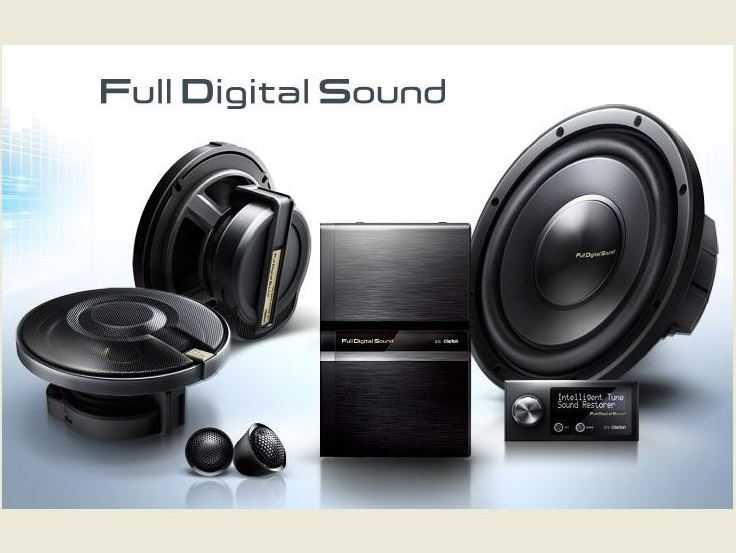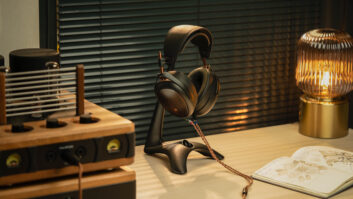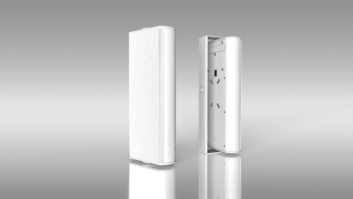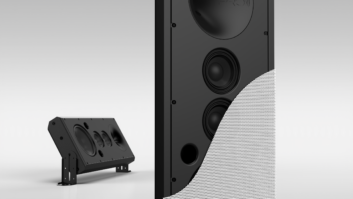
Clarion sees the potential to apply its Full Digital Sound (FDS) car-audio technology to headphones and custom-installed multiroom audio systems.
FDS, unveiled at CES, sends audio in digital form through the digital output of an in-dash head unit to a digital processor, which in turn maintains the
signal in digital form right up to a speaker’s voice coils.
The system, shipping in April, offers such advantages as using only a fifth of the power to deliver the same amount of output as a conventional car audio system, the company said. That feature is particularly useful for OEM and aftermarket car-audio installations in all-electric vehicles and hybrids to extend their driving range, the company said.
The technology, however, also delivers significant sonic benefits. FDS systems don’t need digital-to-analog converters (DACs) that create sonic artifacts, and FDS lowers a stereo system’s signal-to-noise ratio because traditional amplifiers aren’t needed. The system also isn’t susceptible to EMI- and RFI-generated noise in a vehicle.
The system delivers better sound quality compared to comparably priced analog systems with similar SPL output, a spokesman said. “It’s zeroes and ones to the speaker, so there’s no loss of quality from the original data,” he added.
Aftermarket installs are also easier because installers can re-use a vehicle’s thin OEM-speaker cables to send digital signals to the speakers, and the processor itself is compact at only 1.46 by 7.09 by 4.57 inches.
Other applications: Many of the sound-quality benefits would accrue to headphones whose FDS LSIs would be powered by batteries, which would last long because the technology is so efficient, the company said.
In custom home installations, the technology would distribute a high-quality digital-audio signal with no degradation over long distances to in-wall and in-ceiling FDS speakers.
How it works: The FDS system uses an LSI circuit that converts digital signals to mechanical motion to drive the voice coils of specially designed speakers. The chips, which get low-voltage power from the digital audio signal, are built into the FDS system’s component midrange drivers and in an FDS subwoofer. To drive small FDS tweeters, the chips are incorporated in the FDS processor.
The system consists of a $1,199-suggested Z3 digital processor packaged with two Z3 tweeters and a wired remote, which controls the volume of a head unit’s fixed-output digital signal.
A pair of 6.5-inch Z7 midbass drivers retails for a suggested $999, and a 10-inch FDS subwoofer costs a suggested $899. Unlike the tweeters and midbass drivers, the sub requires power and ground wires because of its output level, but because of its efficiency, power can be tapped at the fuse box rather than direct from the battery.
The processor will also drive a pair of FDS midbass drivers in the rear, with the front FDS tweeters delivering the front stage. Alternately, installers can connect an analog amplifier to the digital processor to drive traditional full-range speakers in back along with a traditional subwoofer.
Sources: The processor connects to any head unit with a digital output and features optical and coaxial digital inputs. A USB input accepts music files in native from Android smartphones.
One compatible head is Clarion’s new $999-suggested NX706 CD/DVD/navigation receiver, which was introduced at CES as the company’s first high-res head unit. It’s capable of decoding 96/24 FLAC files and features optical digital output. It also can be used as the source unit for a traditional car audio system, thanks to internal 96/24 DACs and built-in 4×19-watt RMS amplifier.













